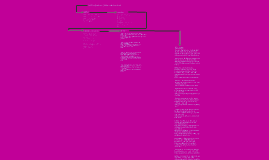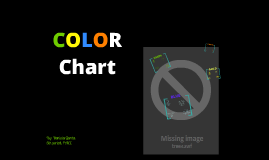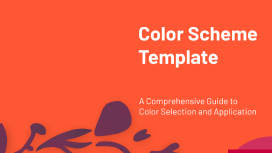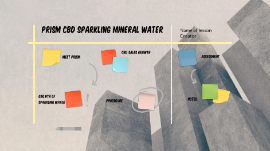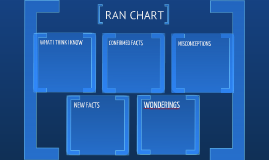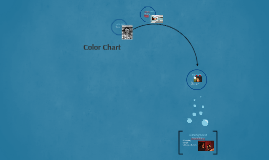Color Scheme Template
Transcript: Color Scheme Template Monochromatic Schemes Monochromatic color schemes utilize variations in lightness and saturation of a single hue. This creates a cohesive, harmonious look that emphasizes form and texture rather than color contrast, commonly used in minimalist designs. Complementary Schemes A Comprehensive Guide to Color Selection and Application Primary Color Schemes Complementary color schemes consist of colors opposite each other on the color wheel. This arrangement creates vibrant contrast and visual interest, often resulting in dynamic compositions ideal for grabbing attention. Primary color schemes are the foundation of color theory, providing designers with structured approaches to combine colors effectively. Understanding these schemes optimizes visual harmony and enhances emotional impact in design work. Triadic Schemes Triadic color schemes use three colors that are evenly spaced around the color wheel. This setup provides high contrast while maintaining harmony, making it effective for diverse projects where balance in composition is crucial. Analogous Schemes Analogous color schemes involve selecting colors that are next to each other on the color wheel. This creates serene and comfortable designs, typically used in nature-themed projects or where a soft transition of colors is desired. Application of Color Schemes In Interior Design Color schemes play a pivotal role in design disciplines such as graphic design, web design, branding, and interior design, influencing aesthetics and functionality. Understanding how to apply these schemes effectively leads to more cohesive and appealing visual experiences. Interior design employs color schemes to create moods and influence feelings in spaces. For example, warm colors like red and yellow can create an inviting atmosphere, while cool colors promote relaxation. Color Wheel Tools Tools and Resources Color wheel tools serve as essential resources in design by visually representing color relationships. They assist designers in selecting harmonious colors, understanding primary, secondary, and tertiary color contrasts, and applying those insights in their projects. Utilizing the right tools can significantly enhance color choices and design quality. Accessing color wheels, online generators, literature on color theory, and design software fosters effective color application in various projects. In Graphic Design In Branding and Marketing Software for Color Design Color schemes are fundamental in graphic design as they establish brand identity and evoke emotions. For instance, blue is often used to promote trust and dependability, while vibrant colors can energize a brand's image. Branding utilizes color schemes to communicate brand values and differentiate products. For example, Coca-Cola's red conveys excitement and energy, while green in organic brands signals health and eco-friendliness. Online Color Generators Software such as Adobe Illustrator and Canva offer advanced features for color design. These tools enable designers to create custom color palettes, apply professional-grade filters, and integrate color with typography and layout. Online color generators like Coolors and Adobe Color CC facilitate swift palette creation. These platforms allow users to experiment with color harmony, generate matching tones, and share palettes directly for collaboration. In Web Design Color Theory Books and Guides Web design relies heavily on color schemes to enhance user experience and accessibility. Colors influence navigation ease, with contrasting colors improving readability and user engagement on websites. Books on color theory provide foundational knowledge, offering insights into historical, psychological, and aesthetic aspects of color use. Titles like "Interaction of Color" by Josef Albers illustrate complex color interactions and their applications in design. Color Gradients and Ombré Psychological Effects of Colors Color gradients blend multiple colors seamlessly, creating a sense of depth and dimension. Ombré, a technique where one color fades into another, adds elegance and sophistication to designs, making them visually captivating and enhancing the overall aesthetic through smooth transitions. Overview of Color Theory Colors evoke emotions and associations, influencing behavior and perception. For instance, blue can induce calmness, while red may stimulate urgency. Color theory encompasses principles and guidelines about color mixing, contrast, and harmony. It provides a foundational framework for traditional and digital design practices. Custom Color Palettes Split-Complementary Schemes Importance of Color in Design Custom color palettes allow designers to create unique combinations tailored to specific themes or emotions. By thoughtfully selecting colors that complement each other, brands can establish distinctive identities and enhance user experience, fostering deeper connections with their target audience. A split-complementary scheme






